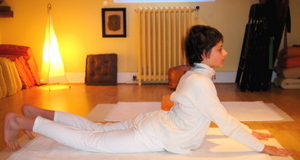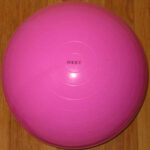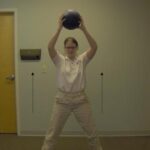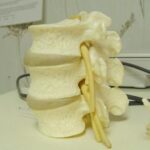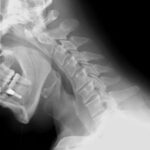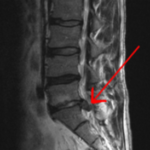If you have been diagnosed with discogenic low back pain or bulging discs, it is very important to minimize the pressure of the disc on your nerves. The most common disc to bulge is L5/S1, which is worsened by sitting. The following tips will help you to minimize the pain from bulging discs.
Press Up in the Morning
First thing in the morning, your discs are ½ inch taller than the rest of the day. Because of this, if you compress these discs first thing in the morning, you will exacerbate bulging symptoms, which will worsen your symptoms over the rest of the day. When you wake up, roll over on your belly and press your top half up 30 or 40 times. You can press up onto your elbows or your hands. You may have to shift your hips to one side or the other, but the goal of this exercise is to centralize your pain, and remove the symptoms (pain, numbness, tingling) from more distal areas such as the back of your thigh, or even the first two toes of your foot.
Don’t Sit for the First Half Hour of the Day
This is an important tip. While your discs have imbibed fluid overnight when you have been non-weight bearing, you can worsen disc bulging by bending or sitting until gravity works on the discs. After you have done your press ups and have shifted your disc material forward, away from your nerves, avoid sitting or bending for ½ hour, but ideally up to 2 hours. This may mean you have to get up a little earlier if you have a long commute.
Use a Step Stool When You Brush Your Teeth
Use a stool to brush your teeth or do any activity, such as looking in a mirror, that would bend your body about 15 degrees. By putting your foot on a stool, you minimize the flexion at the offending disc, thus, minimizing pain.
If you must sit, use a dining chair with a bolster, lumbar roll, or pillow behind your back.
Posture is extremely important, and you need to adhere to good posture to minimize worsening of disc bulges. Sitting in a slumped position causes the disc to shift posteriorly, thus, against the nerves, causing pain. Sitting upright minimizes these problems.
Ideally, Sit No Longer than ½ Hour
This is often a problem if the person has a sitting job, or has a long commute. Use that lumbar roll or bring a pillow to work to use in your car or at your desk. You may have to take a couple of breaks during a commute, and use a standing or kneeling computer desk during the duration of your pain. The good news is that if you adhere to good biomechanics, you will see a resolution of your pain in 6 weeks or less. The alternative could be surgery or an injection, so good adherence to a back program is essential.
Once you are painfree, consult a physical therapist about a core strengthening program that can get you back
to normal as soon as possible.
Clare HA, Adams R, Maher CG. A systematic review of efficacy of McKenzie therapy for spinal pain. Aust J Physiother. 2004;50:209-216
Tyrrell AR, Reilly T, Troup JD. Circadian variation in stature and the effects of spinal loading. Spine. 1985;10:161-164
http://www.mckenziemdt.org/
